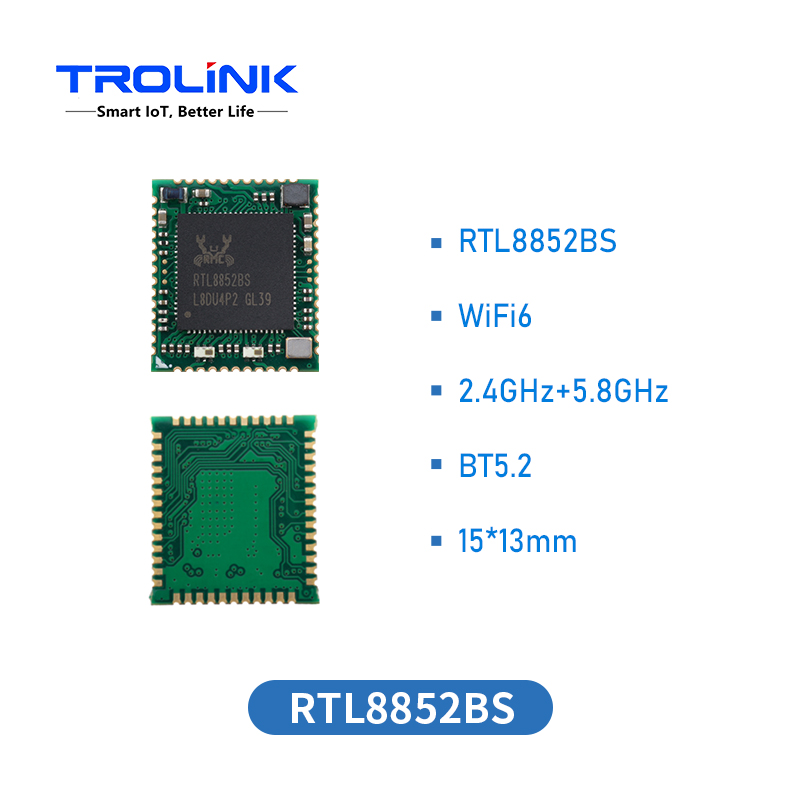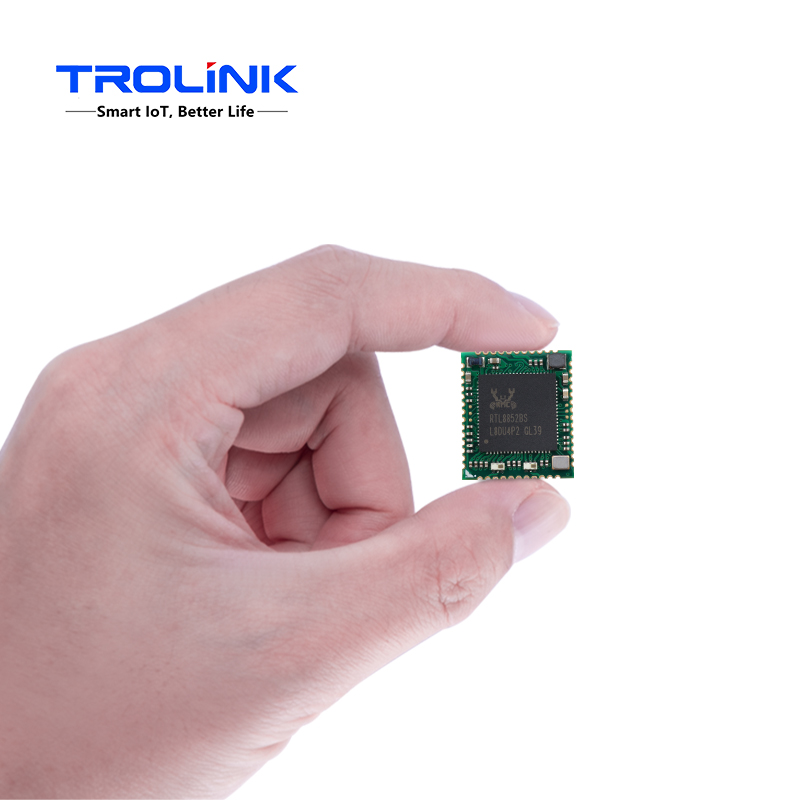Wireless technology has revolutionized the way we connect and communicate. One such technology, WiFi, has become indispensable in our daily lives. As more devices become connected, power consumption becomes a vital factor to consider. This article explores the characteristics of low-power WiFi modules chip and how they address this need for energy efficiency.

Low-power WiFi modules chip are specifically designed to operate using minimal power resources. They incorporate power-saving features such as sleep mode and power management algorithms. These modules carefully balance power consumption to ensure reliable operation while minimizing energy usage.
A distinguishing characteristic of low-power WiFi modules cost is their limited transmission range. By reducing the range, these modules can conserve energy as they do not need to transmit signals over long distances. This feature is particularly useful for applications that require localized connectivity, such as smart home devices.
Some low-power WiFi modules are equipped with energy harvesting capabilities. This means they can utilize alternative energy sources, such as solar or kinetic energy, to power themselves. This ability enables these modules to operate autonomously and eliminates the need for frequent battery replacements.

Low-power WiFi modules support a variety of communication protocols to cater to different requirements. These may include popular protocols like MQTT, CoAP, or even proprietary protocols specific to the module manufacturer. This flexibility allows developers to choose the most suitable protocol for their applications, optimizing both power consumption and data transfer efficiency.
Low-power WiFi modules often offer seamless integration with existing Internet of Things (IoT) ecosystems. They can easily connect to cloud-based platforms, enabling remote monitoring and control of connected devices. This integration simplifies the development and deployment process for IoT applications, further enhancing energy efficiency.
Low-power WiFi modules provide an energy-efficient solution for wireless communication. Their power-efficient design, reduced transmission range, energy harvesting capabilities, flexible communication protocols, and integration with IoT ecosystems make them suitable for various IoT applications where power consumption and energy efficiency are critical factors. By incorporating these modules, developers can create innovative and sustainable solutions that leverage WiFi technology while minimizing energy consumption.
 Trolink Joint With Tuya to Make Iot Benefit Every Family
Trolink Joint With Tuya to Make Iot Benefit Every Family
 WiFi モジュールを選択するために知っておくべき 5 つの主要な指標 !
WiFi モジュールを選択するために知っておくべき 5 つの主要な指標 !
 IOTモジュールはスマート製品の頭脳です
IOTモジュールはスマート製品の頭脳です
 What is the signal coverage range of the WiFi module chip?
What is the signal coverage range of the WiFi module chip?